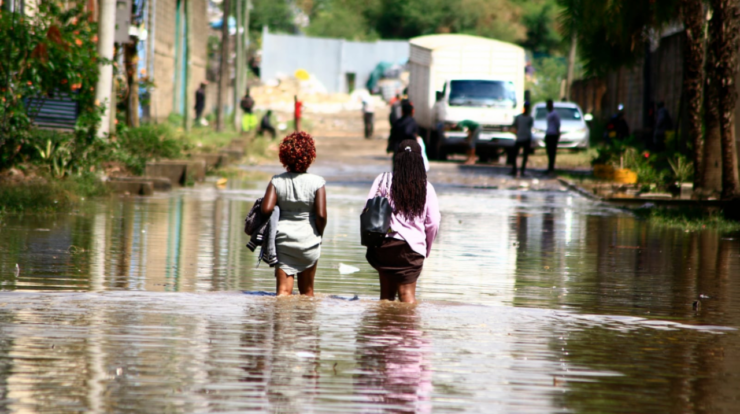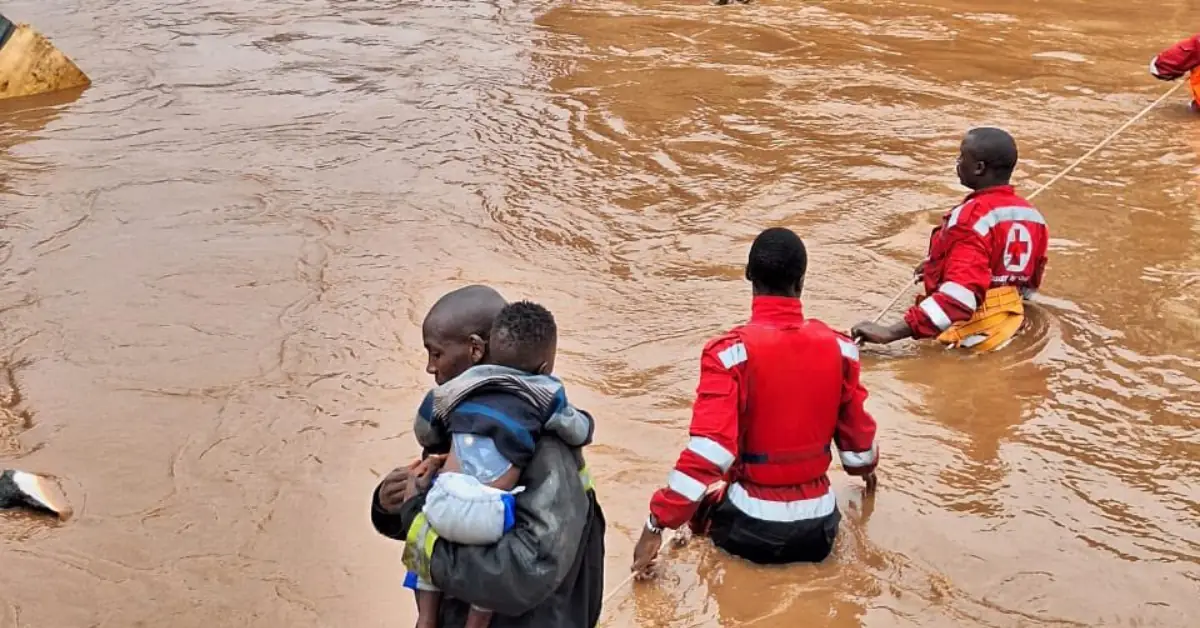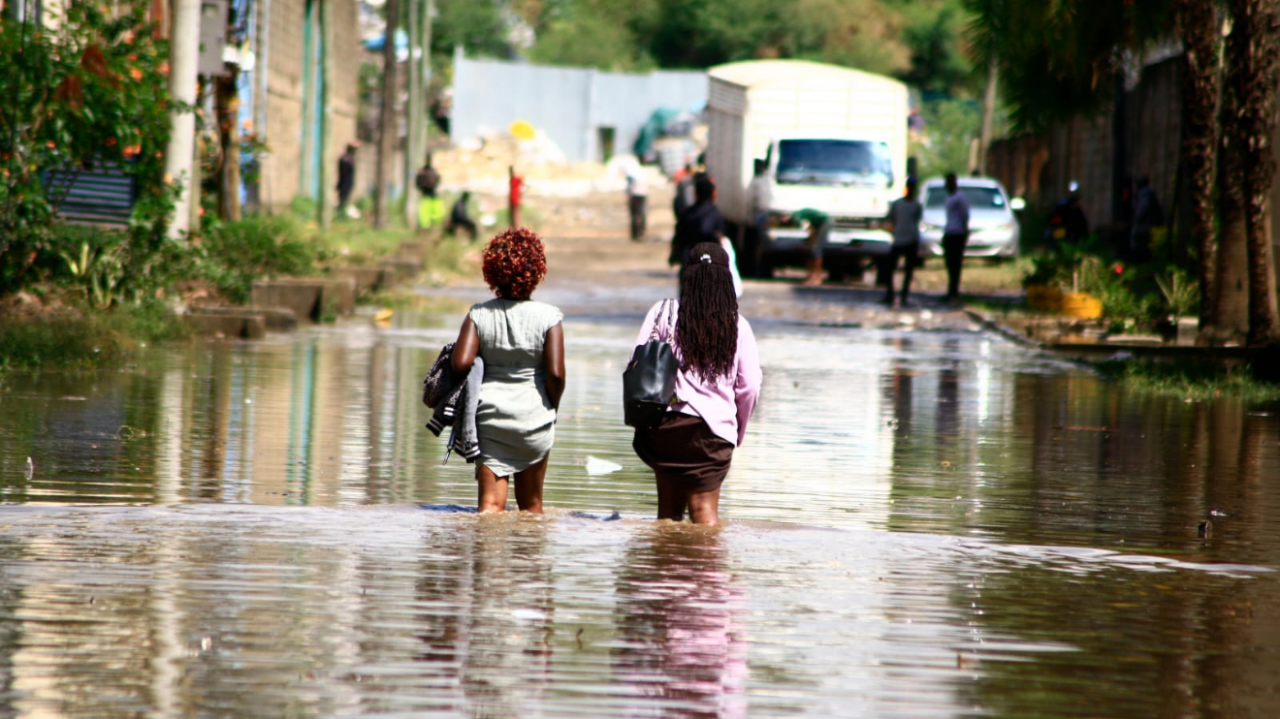
Kenya nairobi flooding – Kenya’s capital, Nairobi, has long grappled with the devastating effects of flooding, a challenge that continues to plague the city’s infrastructure and communities. From torrential downpours to inadequate drainage systems, the causes of Nairobi’s flooding are complex, requiring a multifaceted approach to address its impacts and mitigate future risks.
The consequences of flooding in Nairobi are far-reaching, affecting essential services, disrupting transportation, and damaging buildings and infrastructure. The city’s rapid urbanization and the encroachment of settlements into flood-prone areas have further exacerbated the problem, highlighting the need for sustainable solutions and community resilience.
Impact of Flooding

Flooding in Nairobi has severe and far-reaching consequences for the city’s infrastructure. Heavy rainfall and poor drainage systems lead to the damage and destruction of buildings, roads, and bridges.
During the 2018 floods, over 1,000 buildings were damaged or destroyed, rendering thousands of people homeless. Essential services such as electricity, water, and transportation were disrupted, causing significant economic losses and hardship for residents.
Causes of Flooding

The primary causes of flooding in Nairobi include:
- Heavy rainfall:Nairobi experiences heavy rainfall during the rainy seasons, which can overwhelm the city’s drainage systems.
- Poor drainage:Nairobi’s drainage systems are inadequate and poorly maintained, leading to waterlogging and flooding.
- Urban development:Rapid urban development has resulted in increased impervious surfaces, which reduce water absorption and exacerbate flooding.
Climate change is also contributing to increased flooding in Nairobi. Rising temperatures lead to more intense rainfall events, while changes in rainfall patterns make it more difficult to predict and manage flooding.
Government Response
The Kenyan government has implemented several measures to address flooding in Nairobi, including:
- Infrastructure projects:The government has invested in infrastructure projects such as drainage systems, floodwalls, and retention ponds to improve water management.
- Slum upgrading:The government has launched slum upgrading programs to improve drainage and sanitation in informal settlements, which are particularly vulnerable to flooding.
- Disaster preparedness:The government has established disaster preparedness plans and early warning systems to respond to flooding events.
While these measures have had some success, flooding remains a significant challenge in Nairobi. The government is working to improve the effectiveness of its response and invest in sustainable solutions.
Final Conclusion
Addressing Nairobi’s flooding requires a concerted effort from the government, communities, and international organizations. By investing in infrastructure, promoting sustainable practices, and empowering communities, the city can work towards mitigating the risks and impacts of flooding, ensuring a more resilient and livable future for its residents.
FAQ Section: Kenya Nairobi Flooding
What are the main causes of flooding in Nairobi?
Nairobi’s flooding is primarily caused by heavy rainfall, poor drainage systems, and rapid urbanization, which has led to increased impervious surfaces and reduced water absorption capacity.
How has climate change contributed to flooding in Nairobi?
Climate change has intensified rainfall patterns, leading to more frequent and severe flooding events in Nairobi. Rising temperatures have also contributed to increased evaporation and changes in precipitation patterns.
What measures has the Kenyan government taken to address flooding in Nairobi?
The Kenyan government has implemented various measures to address flooding, including infrastructure projects such as drainage systems and floodwalls. However, the effectiveness of these measures has been limited, and further investment and improved coordination are needed.





